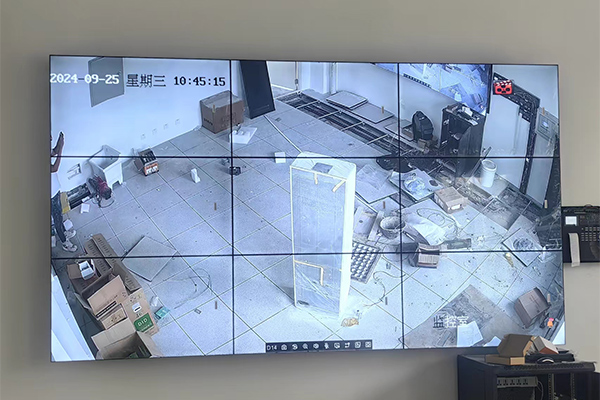The Expanding Role of Splicing Screens in Control Rooms and Monitoring Centers
The use of splicing screens in control rooms and monitoring centers has become increasingly prevalent, playing a pivotal role in enhancing the perception of information for operators and monitoring personnel. These advanced display technologies facilitate a broader and more immersive view of critical data, making them indispensable tools in various industries. This article will analyze the applications of splicing screens in traffic monitoring centers and energy monitoring rooms, while incorporating additional insights to illustrate their significance further.
## Applications of Splicing Screens in Traffic Monitoring Centers
Traffic monitoring centers are one of the most prominent users ofsplicing screens. These centers rely on a complex array of data streams, including live feeds from traffic cameras, real-time traffic flow data, road conditions, and emergency incident reports. With traditional display methods, operators may struggle to consolidate and interpret this ever-changing information effectively. However, splicing screens provide a solution.
### Enhanced Visualization for Traffic Management
The curved design of splicing screens allows for a more comprehensive view of the monitored area. For instance, when a large-scale traffic incident occurs, operators can view multiple camera feeds simultaneously on a single display. This capability enables them to assess the situation more effectively, making swift decisions based on a holistic understanding of the traffic flow.
#### Example Case: A Major Traffic Jam
Consider a scenario wherein an accident occurs during rush hour on a major highway. Operators at a traffic monitoring center utilizing splicing screens can quickly switch between camera feeds to identify the extent of the jam, evaluate alternate routes, and communicate necessary detours to drivers through electronic signage. By leveraging the wide visual area provided by the splicing screens, they can manage traffic more efficiently, reducing congestion and enhancing overall public safety.
### Real-Time Data Integration
In addition to visualizing video feeds, splicing screens can integrate various forms of data, such as traffic density, speed limits, and weather conditions. Operators can utilize this information in real-time to make informed decisions. For example, if a sudden storm is approaching, operators can proactively implement traffic management strategies to prevent accidents and ensure safety.

